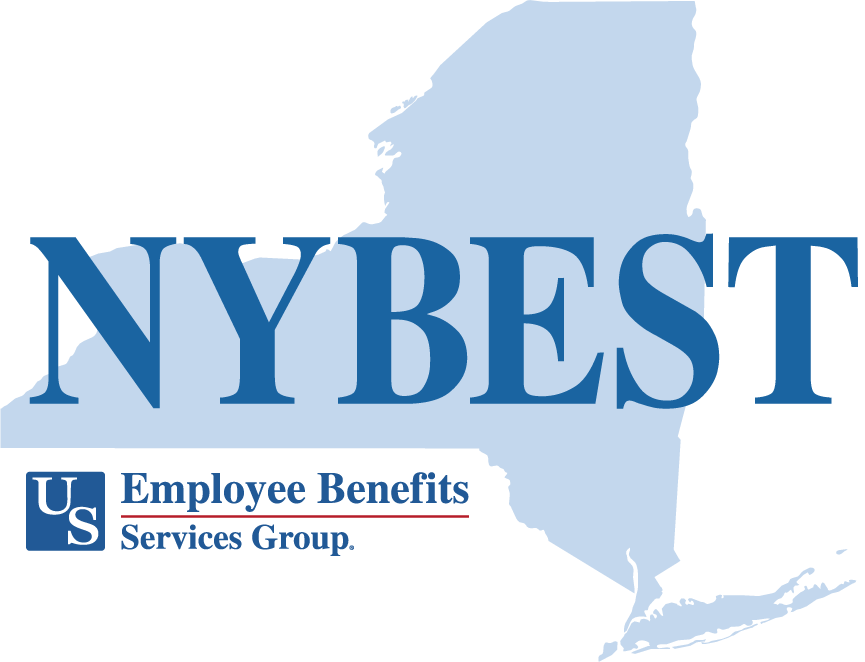There’s no denying that employees’ needs have changed over the past few years. As such, employers can offer benefits to meet evolving worker needs shaped by lingering effects of the COVID-19 pandemic, a tight labor market and rising inflation. Many workers are paying more attention to their benefits and wondering how to stretch their dollars further.
Benefits have always been crucial for attracting and retaining top performers. For 2024, employers are uniquely positioned to offer more than just a health care plan, including holistic benefits, resources and perks that today’s workers most need. This article highlights benefits that are likely to be popular in 2024.
Voluntary Benefits
It’s no secret that health care costs in the United States have risen sharply over the past two decades and will likely continue to increase. Health care affordability is top of mind for employers and employees alike. As employers search for ways to manage their health care costs, some are considering voluntary benefits as a strategy to round off their offerings. A rising number of organizations recognize that voluntary benefits are advantageous to employees and their families—and many come at no cost to the employer.
Consider the following popular secondary benefits employers are offering:
- Accident insurance
- Critical Illness
- Hospital indemnity insurance
- Disability insurance
- Life insurance
- Identity theft protection
- Pet insurance
Voluntary benefits can provide value to employees without raising an employer’s costs, making them powerful tools for attracting and retaining top workers.
Financial Wellness Benefits
Many employees are feeling financially strained due to record-high inflation. Not only will inflation impact employees’ decisions about benefits, but it may also result in a need for financial wellness education and guidance.
However, financial wellness benefits must go beyond only offering educational resources to be impactful. Organizations can boost their attraction to today’s workers by offering the following types of desired financial wellness benefits:
- Retirement plan options with matching contribution
- Health savings account contribution
- Flexible spending account contribution
- Financial planning assistance and coaching
- Lifestyle spending account
- Transportation benefits
- Employee discount or purchase program
- Financial reimbursements (e.g., tuition or student loan repayment plans, caregiving support funds and professional development stipends)
With any of those offerings, education will remain a necessary component to increase employee utilization. Employers are uniquely positioned to help employees understand the importance of these benefits and can help them increase their financial literacy with additional resources and tools.
